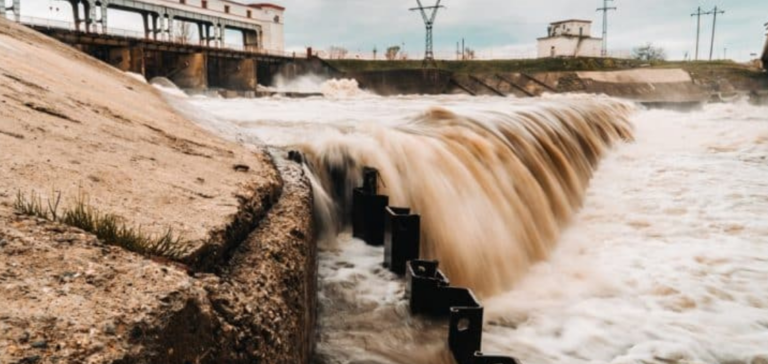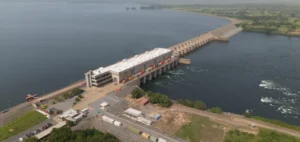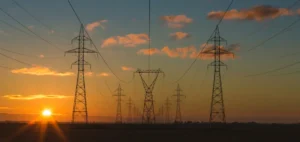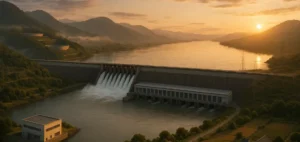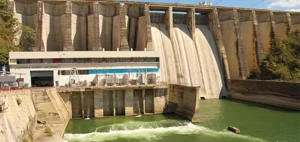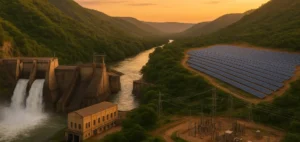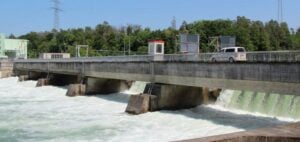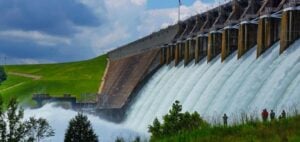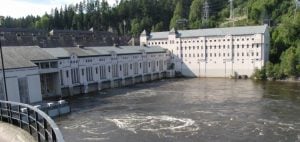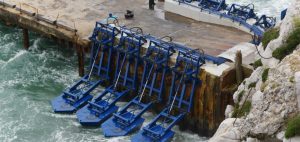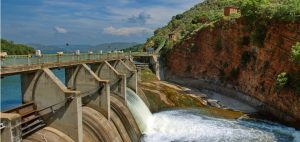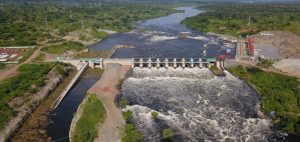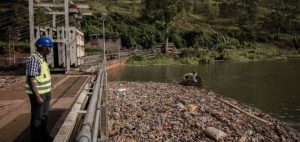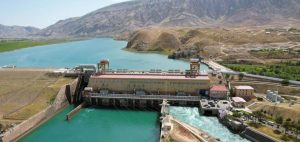KenGen, a major player in Kenya’s energy sector, has recently stepped up hydropower production thanks to higher water levels in its large dams. This development is directly linked to the heavy rains that have affected the region recently.
The increase in production was particularly notable in the Seven Forks hydroelectric chain, where peak demand exceeded 476 megawatts (MW) in the 24 hours prior to November 15.
Rising water levels in KenGen dams
This increase in operational capacity coincides with a significant rise in the water level at the Masinga dam, reaching 1.042.60 meters above sea level (mASL), a level higher than the operational minimum of 1.037 mASL. This positive trend stems from the 18.50 mm of rainfall received in the area, which reinforced the inflow of water from the Tana River to the dam.
Continuous monitoring of dam levels by KenGen
As a result, KenGen has increased its power generation from the lower dams, notably Kamburu, which also receives water from the Thiba River, and the Kiambere power plant, improving the overall performance of its hydroelectric facilities.
Impact of heavy rains in Kenya
Despite this encouraging rainfall, the Masinga dam has not yet reached its maximum water level of 1,056.50mASL. According to Peter Njenga, Managing Director and CEO of KenGen, water levels are rising slowly, and while there is no immediate risk of overflow, the company remains vigilant and will issue an alert if water levels approach critical thresholds.
Meanwhile, current weather reports indicate that heavy rains persist across most of Kenya, causing flooding in areas such as the lower Tana River, Garissa, Mandera, Turkana, Meru and parts of the coastal zone. KenGen, whose core business is to provide safe, reliable and competitively-priced electricity in an environmentally-friendly and sustainable way, plays a crucial role in Kenya’s green energy production.
KenGen’s recent increase in hydroelectric production underlines the importance of adapting to climate change and investing in renewable energies. As the company prepares to face growing climate challenges, its commitment to sustainable, environmentally-friendly energy production remains a model for Africa’s energy sector.

